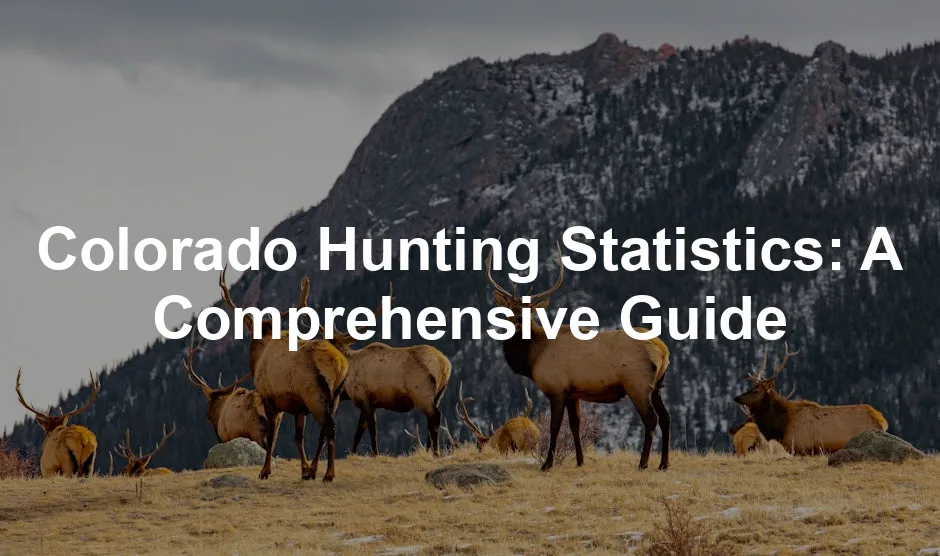Introduction
Hunting in Colorado is more than just a recreational activity; it’s a cherished tradition deeply woven into the state’s culture and economy. Every fall, thousands of hunters flock to the mountains, eager to experience the thrill of the chase and the tranquility of the great outdoors. From family bonding to tasty table fare, the impact of hunting resonates throughout communities.
Beyond the cultural significance, hunting plays a vital economic role. It generates millions in revenue from license sales, gear purchases, and tourism. According to recent estimates, hunting contributes over $843 million annually to Colorado’s economy, supporting nearly 8,000 jobs. This data highlights why understanding hunting statistics is crucial for both seasoned hunters and newcomers.
In this article, we will cover essential statistics related to hunting in Colorado, including draw odds, success rates, license sales, and popular game species. We will shed light on how these figures influence hunting strategies, conservation efforts, and overall participation trends. Whether you’re a veteran hunter or just starting, this guide aims to provide valuable insights into the Colorado hunting landscape.
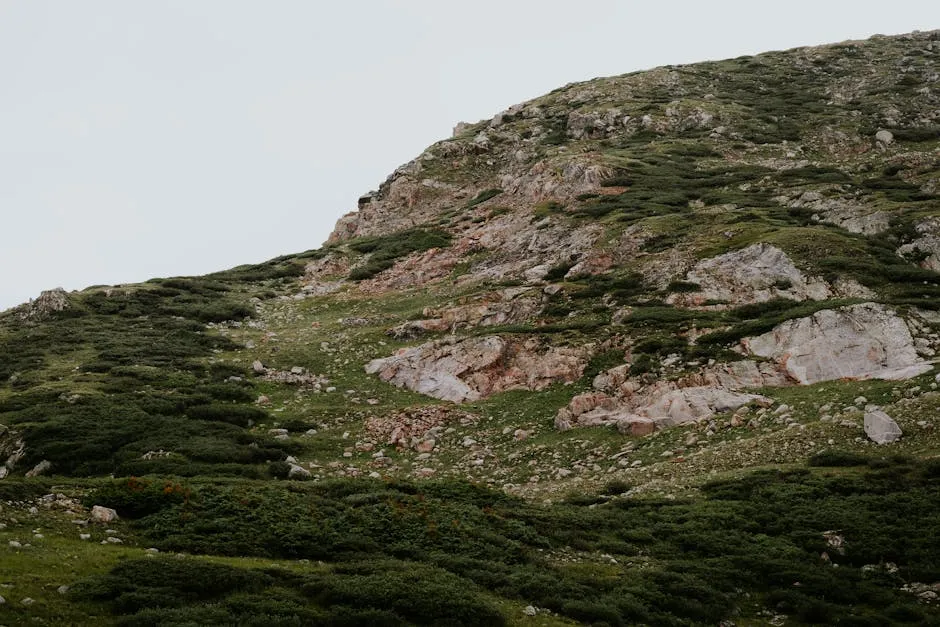
Understanding Colorado’s Hunting Landscape
Overview of Hunting in Colorado
Colorado boasts a rich diversity of game species, making it a prime destination for hunters. From majestic elk to nimble deer, and even elusive bears, the state offers an exhilarating hunting experience. Each species presents its own unique challenges and rewards, appealing to hunters of all skill levels.
Colorado Parks and Wildlife (CPW) plays a pivotal role in regulating hunting activities and providing crucial statistics. They monitor wildlife populations, manage hunting seasons, and maintain data that helps hunters make informed decisions. By ensuring sustainable practices, CPW aids in preserving Colorado’s natural resources for future generations.
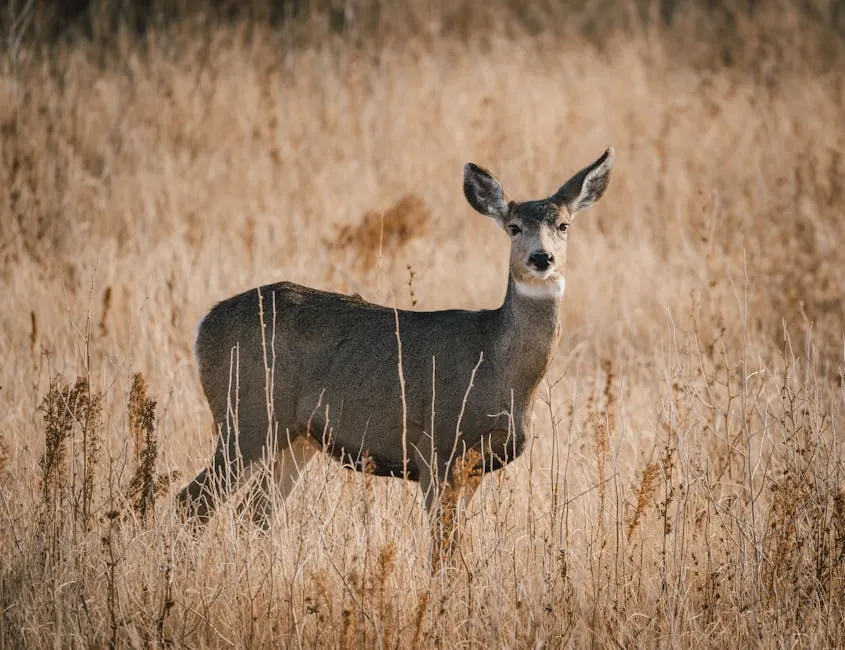
Recent Trends in Hunting Participation
The COVID-19 pandemic sparked a noticeable uptick in hunting participation across the United States, and Colorado is no exception. Many people turned to outdoor activities as a safe way to escape the confines of their homes. In recent years, CPW reported a surge in license applications, with nearly 218,000 applications for deer-hunting licenses alone. Unfortunately, only about 102,000 licenses were available.
Elk hunting saw similar trends, with approximately 238,000 applications for just over 123,000 available licenses. The demand for moose licenses is staggering, too, with over 53,000 applications for a mere 592 licenses, reflecting a dramatic 326% increase from a decade prior. Such statistics indicate fierce competition among hunters, which can lead to overcrowding in popular hunting areas.
This rising interest is not just a passing trend; it represents a shifting mindset towards hunting as a means of connecting with nature, family, and tradition. As more individuals discover the joys of hunting, the need for accurate data and statistics becomes increasingly important. Understanding these trends helps both experienced hunters and newcomers navigate the vibrant but competitive hunting landscape in Colorado.
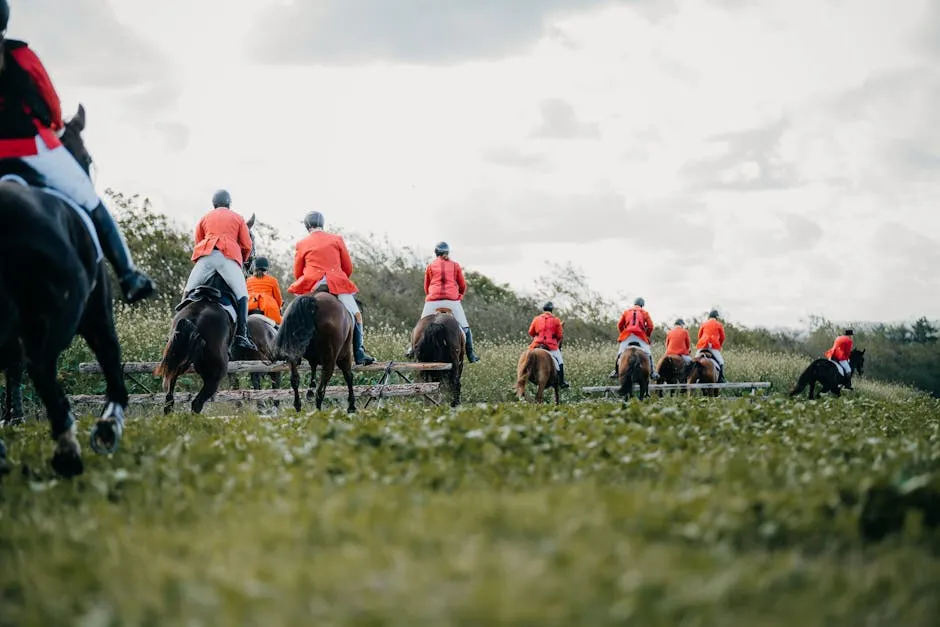
Elk Hunting Statistics in Colorado
Elk Draw Statistics
Applying for elk licenses in Colorado can feel like a lottery where the odds are not always in your favor. The draw system is competitive and hinges on the number of applicants versus the available licenses. In 2023, for instance, nearly 238,000 hunters applied for just over 123,000 elk licenses. That’s roughly two applicants for every license! This fierce competition means you better have a solid strategy to improve your chances.
But how does the draw system work? Colorado uses a preference point system. The more points you accumulate, the better your odds of drawing a coveted elk license. In 2023, the average success rate for drawing an elk license hovered around 51%. Although that sounds promising, it means nearly half of the hopefuls went home empty-handed. So, if you’re thinking of applying, start collecting those points!
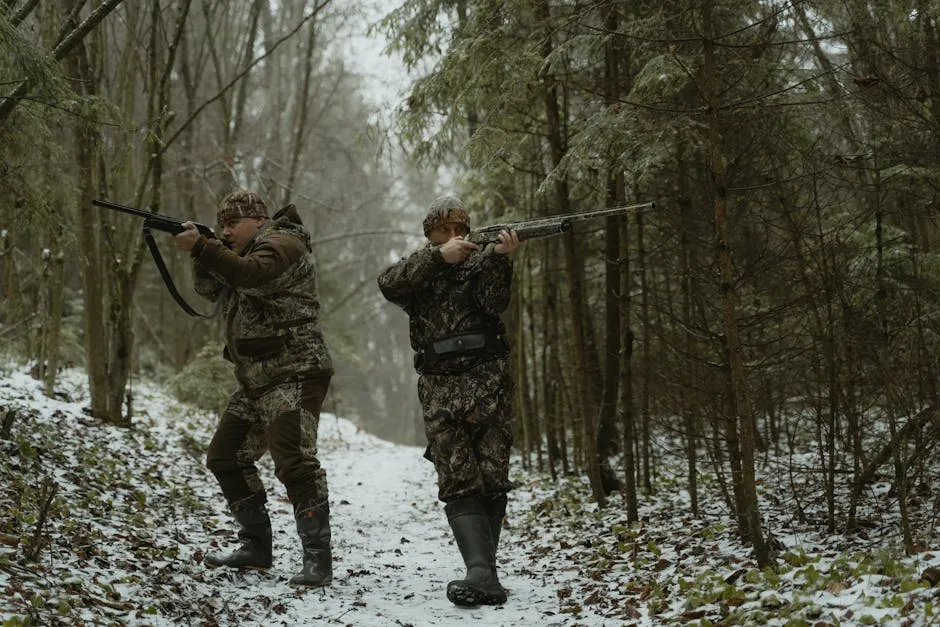
Elk Harvest Data
Once the draw is complete and hunters hit the field, the numbers continue to tell a story. Elk harvest data reveals trends that can help shape future hunting strategies. In 2022, hunters harvested approximately 39,000 elk, reflecting a success rate of about 17%. This number has fluctuated slightly over the years, but it remains crucial for understanding elk population dynamics.
Looking at specific Game Management Units (GMUs) adds more layers to the data. For example, GMU 39 reported a total harvest of 109 elk in 2022, while GMU 85 saw a comparable 108 elk taken. However, the hunter density in these units can vary significantly, impacting individual success rates. Understanding these trends helps hunters target areas with better odds.
It’s also important to note that not all GMUs are created equal. Some units are known for higher success rates, while others may be less productive. Historical data can guide hunters in choosing where to apply for licenses and where to hunt.
Factors Influencing Elk Hunting Success
When it comes to elk hunting, several factors can influence your success. Terrain, for one, can be a game changer. Elk thrive in rugged landscapes, making mountainous areas prime hunting grounds. However, steep slopes and thick forests can also complicate your hunt. Choose your GMUs wisely, as some offer more accessible terrain while still providing great opportunities.
Weather also plays a critical role. A cold snap can drive elk down from high elevations, making them easier to find. Conversely, warm spells might push them into the dense forests for cover. Always keep an eye on the forecast leading up to your hunt; Mother Nature can be your ally or your worst enemy.
Hunter density is another factor to consider. More hunters in a unit typically mean less success for everyone. If your favorite spot is crowded, it might be worth exploring less popular areas. Sometimes, taking the road less traveled can lead to a more fruitful experience.
In summary, understanding the draw system, monitoring harvest data, and considering external factors can significantly improve your elk hunting success in Colorado. Stay informed, strategize wisely, and you just might find yourself with a trophy to brag about!
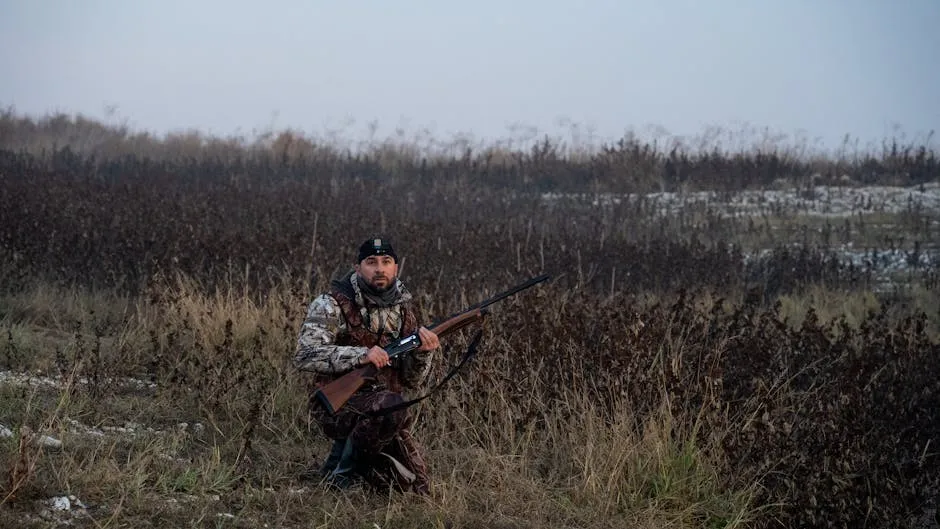
For those interested in elk hunting, understanding the statistics can be incredibly beneficial. Check out this comprehensive guide on colorado elk hunting statistics.
Deer Hunting Statistics in Colorado
Deer Draw Statistics
In Colorado, the deer hunting license draw process is a rite of passage for many. The state employs a preference point system to determine who gets to hunt. Applicants accumulate points over the years, increasing their odds of drawing a license. For instance, in 2023, nearly 218,000 hunters applied for about 102,000 available deer licenses. This means you had roughly a 46.8% chance of snagging a license, provided you played the point game right.
Looking back, success rates have fluctuated. In 2022, the odds were slightly better with a 50% success rate. It’s a rollercoaster ride, where persistence pays off. So if you’re still waiting for that coveted license, don’t fret! Keep accumulating those points for a better shot next time.
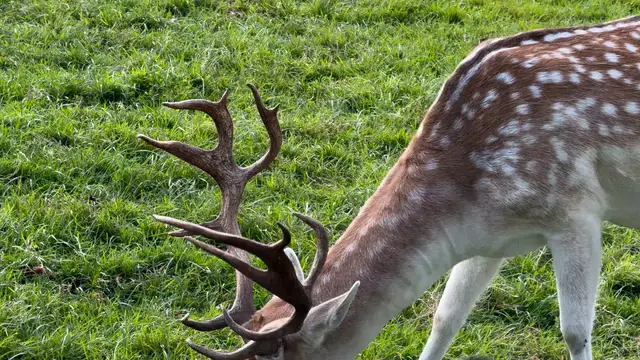
Deer Harvest Reports
The annual deer harvest statistics paint a vivid picture of hunting in Colorado. In 2022, hunters harvested approximately 38,000 deer, maintaining a steady success rate of around 17%. This number reveals a slight decline compared to previous years, but it’s still a solid showing.
Geographically, success rates differ across Colorado’s diverse regions. For example, areas like GMU 39 reported higher harvests, while GMU 85 lagged slightly. The key differences often stem from factors such as terrain, accessibility, and deer population density. Hunters in more remote areas might find themselves facing tougher odds, but often enjoy less competition. So, if you’re looking for a good hunt, it pays to know your GMUs!
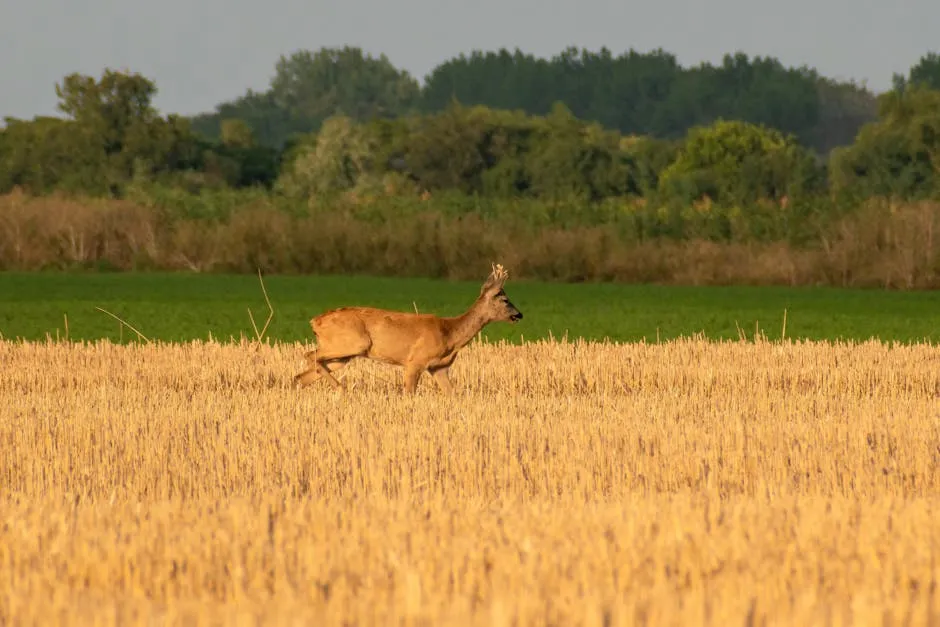
Insights on Deer Hunting Strategies
What makes a successful deer hunt? Well, it’s a cocktail of various ingredients. Scouting is crucial. Know the lay of the land, deer patterns, and food sources. Timing also matters; dawn and dusk are prime hours for spotting deer. Equip yourself with the right tools, whether it’s a trusty rifle or a bow that feels like an extension of your arm. And speaking of trusty tools, don’t forget to check out this top-rated deer hunting rifle that could be the key to your next successful hunt!
When selecting hunting units, data is your best friend. Look for areas with high harvest rates and fewer hunters. GMUs with a dense deer population can be a goldmine. Use past harvest data to identify which units show consistent success and keep your eyes peeled for trends. Remember, every hunt is an opportunity to learn, adapt, and improve your game. Happy hunting!
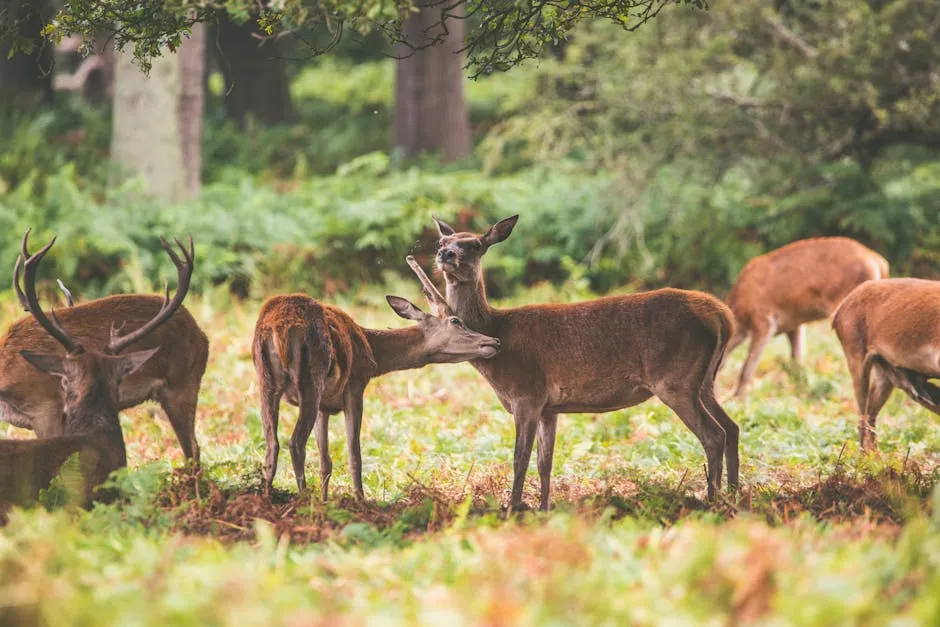
The Economic Impact of Hunting in Colorado
Revenue Generated from Hunting Licenses
Hunting is a powerhouse for Colorado’s economy. Each year, hunters contribute significantly through the purchase of hunting licenses. In 2022, the state generated approximately $100 million from these fees alone. This revenue doesn’t just sit in a bank account; it directly fuels conservation efforts across the state. License fees help fund wildlife management, habitat restoration, and education initiatives.
But wait, there’s more! The economic ripple effect of hunting extends beyond just licenses. Hunters spend money on gear, fuel, lodging, and food. All these expenditures add up, creating a robust hunting tourism sector. This vibrant market supports nearly 8,000 jobs, from outfitters to restaurant staff, and helps local businesses thrive. And if you’re looking for a reliable hunting backpack to carry all your gear, check this out!
Let’s not forget that hunting participation has surged recently, especially post-pandemic. With nearly 218,000 applications for deer licenses in 2023, the demand for hunting opportunities has skyrocketed. This uptick means more dollars flowing into the state’s economy. As hunters flock to the great outdoors, they’re not just chasing game; they’re contributing to the financial health of Colorado’s communities.

Community and Conservation Efforts
Hunting tourism is not just a boon for the economy; it also fosters community spirit and conservation efforts. Local businesses, such as motels, restaurants, and gas stations, benefit immensely from the influx of hunters. These visitors often return year after year, creating lasting relationships between hunters and local communities.
Moreover, sustainable hunting practices play a crucial role in wildlife conservation. Responsible hunters advocate for wildlife preservation and habitat protection. They understand that healthy populations of game species are vital for future hunting opportunities. By adhering to regulations and participating in conservation programs, hunters help maintain the delicate balance of Colorado’s ecosystems.
Additionally, funds from hunting licenses contribute to various conservation projects. These initiatives aim to restore habitats, manage wildlife populations, and educate the public about the importance of biodiversity. When hunters invest in their licenses, they’re essentially investing in the future of Colorado’s wildlife and natural landscapes.
In summary, hunting is more than a pastime in Colorado; it’s an economic engine and a vital component of conservation efforts. By supporting local businesses and funding essential wildlife management, hunting helps ensure that Colorado’s natural beauty remains intact for generations to come. So next time you think of hunting, remember the profound impact it has on both the economy and the environment.

FAQs
What are the peak hunting seasons in Colorado?
Colorado’s hunting seasons vary by species. For elk, the archery season runs from September 2-30, followed by muzzleloader hunts in mid-September. The rifle seasons are broken into four segments, typically starting in mid-October and extending into late November. Deer seasons follow a similar schedule, with archery, muzzleloader, and rifle options spread across the fall. Pronghorn hunting generally occurs in August and September. Always check the Colorado Parks and Wildlife website for specific dates and updates.
How can I apply for a hunting license in Colorado?
Applying for a hunting license in Colorado is a straightforward process. First, you’ll need to obtain an annual small game license, which costs around $34. Next, pay the application fee of $8.00 for resident hunters or $10.00 for non-residents. Applications are typically accepted online through the CPW website. The primary draw application period runs from March 1 to April 2, with results available by late May. Remember to keep an eye on deadlines and requirements for specific species.
What are the best Game Management Units for elk and deer?
Historical data suggests that Game Management Units (GMUs) like 39 and 40 are popular for elk hunting due to their high success rates. GMU 39, for instance, has reported approximately 109 elk harvested in recent years. For deer, GMUs such as 18 and 20 are also favored for consistent harvest success. Researching specific GMUs based on past performance can help you make informed decisions.
How does Colorado’s hunting regulation compare to other states?
Colorado’s hunting regulations are relatively accessible, with about 80% of the state offering over-the-counter licenses for elk, deer, and pronghorn. This is in contrast to states like Montana and Wyoming, which have stricter draw systems. Colorado’s preference point system allows hunters to build points for better chances in future draws, making it competitive yet rewarding. Always review regulations before planning your hunt, as they can vary significantly from state to state.
What resources are available for new hunters?
New hunters can benefit from various resources to enhance their skills and knowledge. The Colorado Parks and Wildlife website provides detailed information on regulations, hunting seasons, and safety tips. Local hunting groups and organizations often offer workshops and mentorship programs. Additionally, online platforms like HuntScore and Toprut provide valuable insights on draw odds and harvest data. Don’t hesitate to seek out classes or community events to connect with experienced hunters!
For those looking to up their game, having the right gear is essential. Consider investing in a pair of hunting boots that will keep you comfortable and dry while you navigate the rugged terrains of Colorado’s hunting grounds.
Please let us know what you think about our content by leaving a comment down below!
Thank you for reading till here 🙂
All images from Pexels

